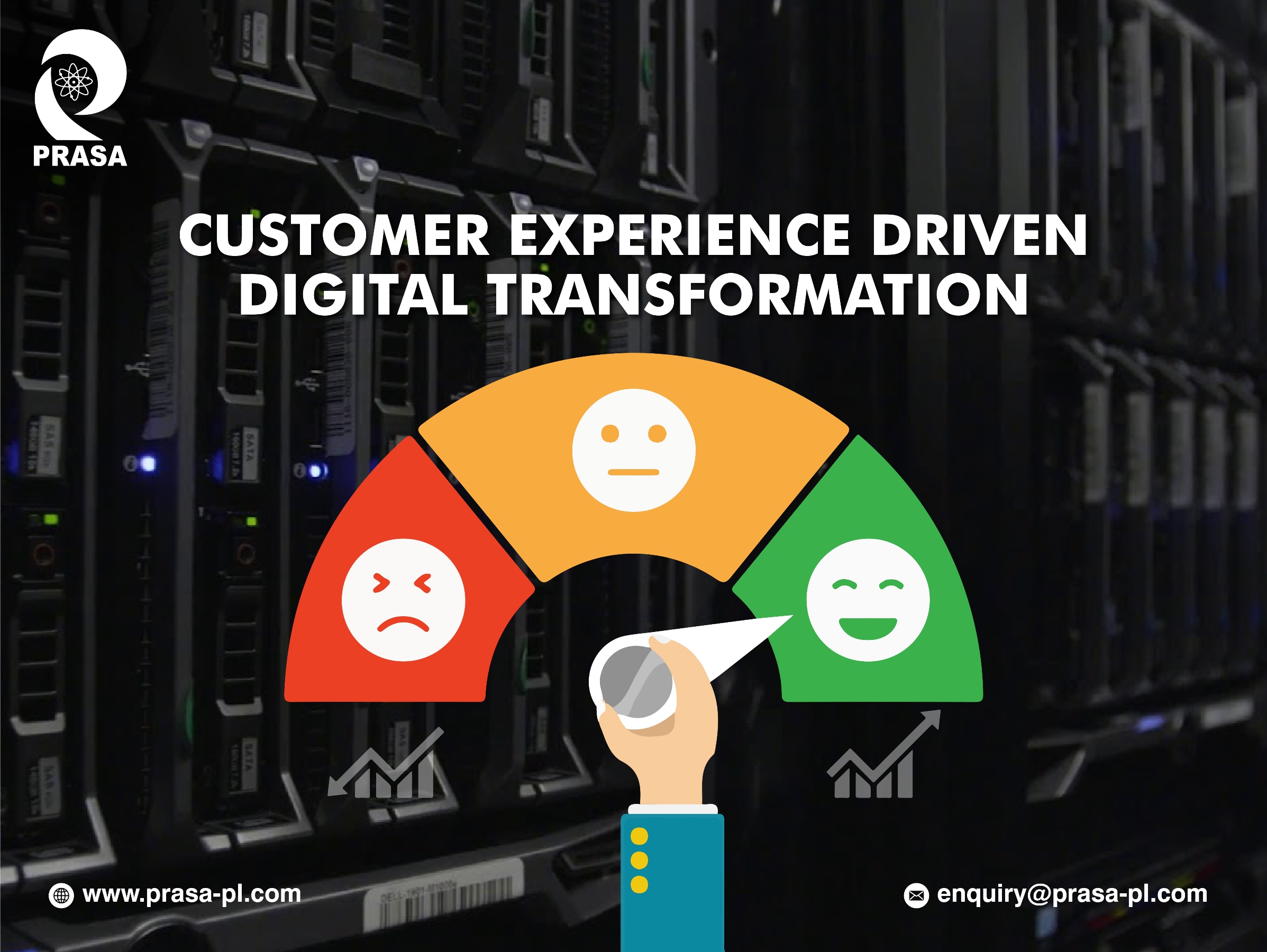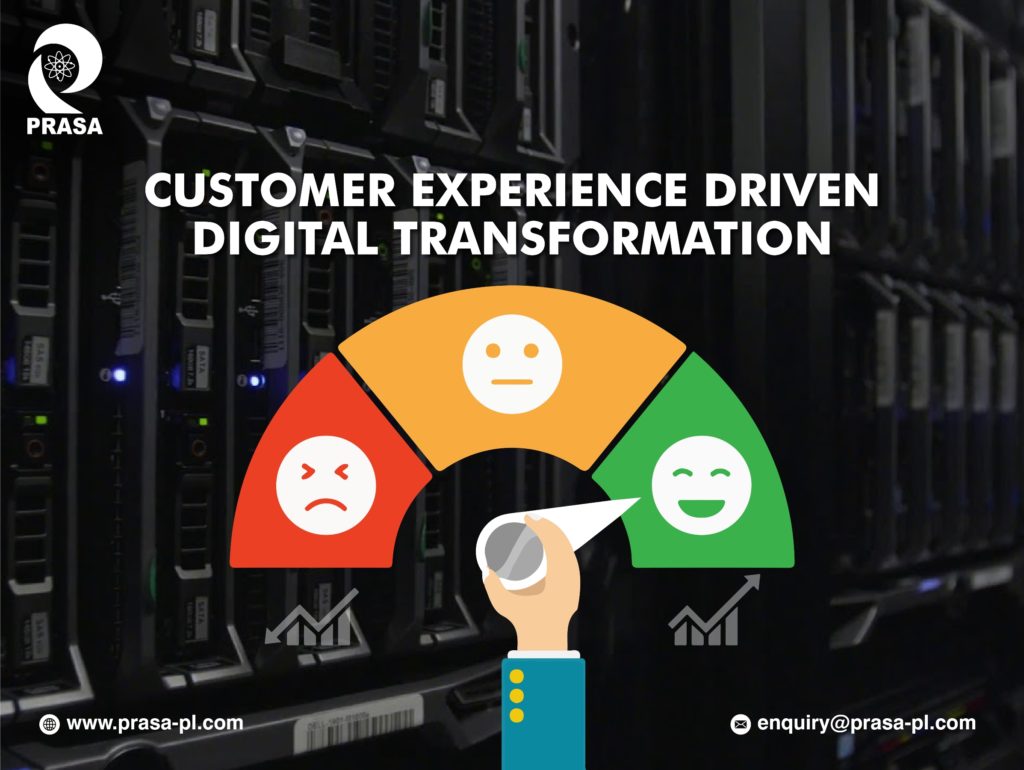In today’s fiercely competitive world, the tables have turned – organizations need their customers more than the other way around. Customers today are more informed and have more options to choose from than ever before. In such a scenario, organizations need to drive competitive differentiation to stay ahead in the game. However, the answer to differentiation no longer resides in products or offerings, but in the way the customer is serviced.
A customer’s experience with an organization has a direct impact on key business parameters that define success – customer acquisition, retention and advocacy. For instance, a customer who perceives their experience to be good across all stages of the journey is likely to return to do more business, thus bringing in additional revenues and potential business growth via customer advocacy. However, if the experience falls short of customer expectation, the business not only stands to lose the business opportunity mentioned above, they will now have to invest more money and efforts in acquiring new customer, thus increasing their costs. In short, a bad customer experience can do more damage to business than the positive impact of a good experience.


